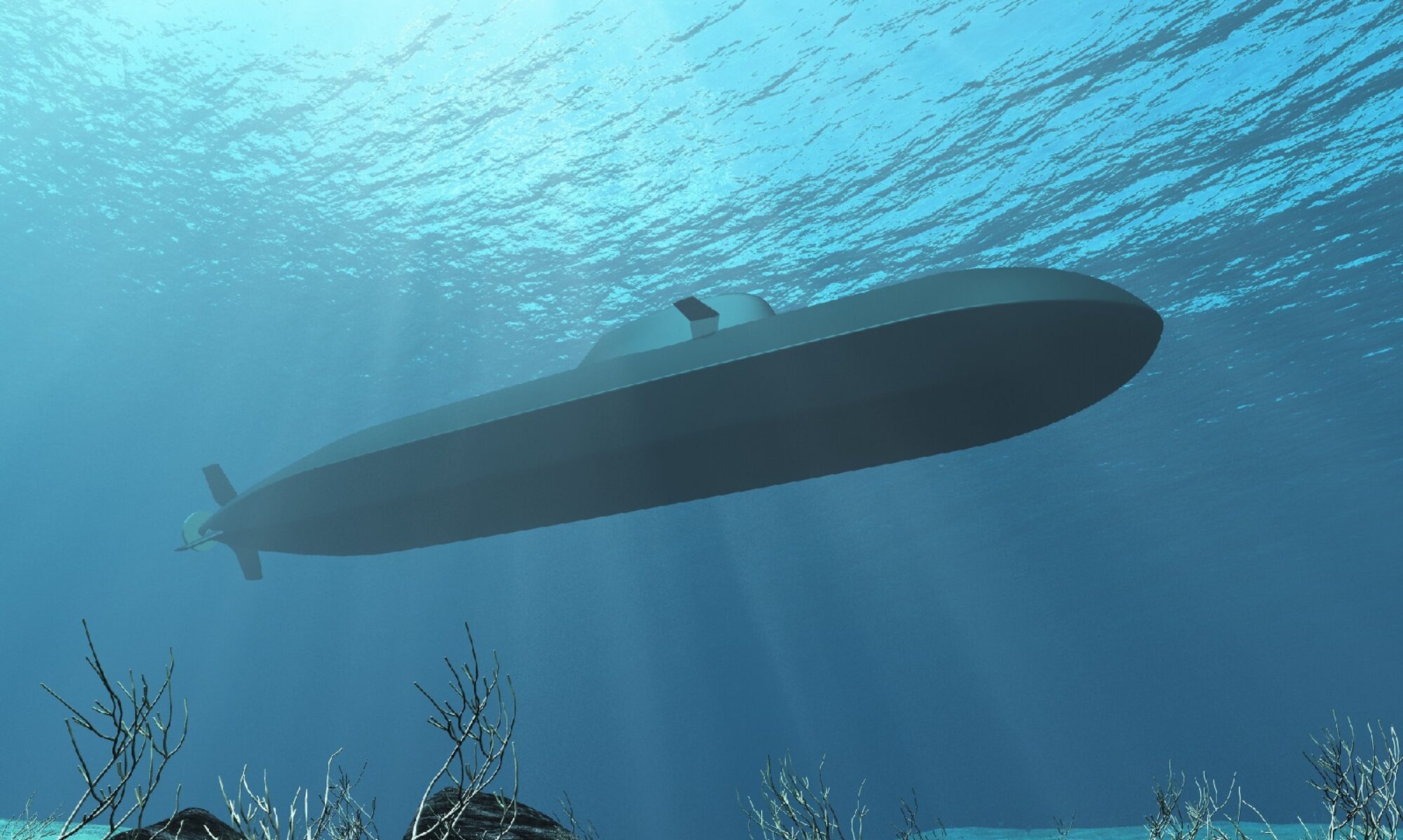In the vast expanse of our planet, large stretches of the water remain an unknown frontier, largely unexplored and teeming with mysteries. Recognizing the challenges posed by the uncharted underwater realms, innovative approaches have emerged, and underwater drones have emerged as vital tools for exploration. These unmanned submersibles navigate the ocean’s abyss, providing scientists, researchers, and explorers with unprecedented access to the hidden wonders beneath the surface. As technology advances, the utilization of underwater drones has become a key strategy in unraveling the mysteries of the deep, offering a glimpse into the unexplored and expanding our knowledge of the oceanic world.
Underwater drones, also known as unmanned underwater vehicles (UUVs) or remotely operated vehicles (ROVs), exhibit diverse designs tailored to their intended purposes. Typically propelled by rear-facing propellers, these drones come equipped with specifications such as depth ratings, denoting their maximum operational depth, and are often constructed from materials capable of withstanding high pressure, such as titanium or corrosion-resistant alloys. Power is supplied through batteries, with varying capacities determining operational durations. These drones are typically equipped with an array of sensors, including sonar for navigation and cameras for imaging, facilitating data collection. Autonomous navigation, driven by sensors, GPS, and sophisticated algorithms, is common in underwater drones, enabling them to execute missions independently. Payload capacity varies based on the drone’s size and purpose, with considerations for deployment logistics from ships or other platforms. Underwater drones must withstand varying levels of pressure based on their operational depth. Shallow-water drones, designed for depths up to a few hundred meters, typically encounter pressures ranging from 1 to 30 atmospheres. Low-depth drones, suitable for depths up to around 5-50 meters, face pressures between 1.5 and 5 atmospheres. Deep-sea drones, engineered for exploring depths beyond a thousand meters, must endure pressures exceeding 100 atmospheres, potentially reaching thousands of atmospheres at extreme depths.
Underwater drones exhibit diverse velocities dictated by their design and mission objectives. These drones commonly navigate at slow to moderate speeds to ensure precision during data collection and navigation. Speeds can range from fractions of a knot for meticulous inspections to several knots for more rapid exploration, depending on the specific application.
In terms of power sources, underwater drones predominantly rely on lithium-ion (Li-ion) or lithium-polymer (Li-Po) batteries due to their high energy density. The choice of battery type is influenced by factors such as size, weight, and energy requirements. Battery capacity is a critical consideration, with smaller drones using batteries measured in watt-hours (Wh) and larger ones employing kilowatt-hour (kWh) or even megawatt-hour (MWh) systems for extended missions. Additionally, some advanced underwater drones may explore alternative power sources, such as fuel cells or energy harvesting systems, to enhance endurance and operational range, but that goes beyond the scope of the teams conceptualized design and goals.
Figure 1: Typical Underwater Drone Design
The integration of side-sitting propellers housed in vents into a submarine’s design holds significant promise, offering potential innovations in stability, maneuverability, and efficiency. These vents will also act as a method to keep the sea life in the environment safe from the propellers of the craft. This departure from conventional submarine propulsion systems suggests a reimagining of underwater navigation principles. To ascertain the practicality and performance of this design, comprehensive testing under real-world conditions is imperative.
In terms of stability, the unconventional placement of side-sitting propellers presents an opportunity to enhance the submarine’s balance and control. By providing precise lateral thrust, these propellers have the potential to counteract the inherent instability challenges associated with underwater travel. This could result in a more stable platform, improving the overall safety and operational capabilities of the submarine.
The conceptual design also promises enhanced maneuverability, a critical factor in submarine operations. The ability to control each propeller’s thrust individually allows for agile movements and adaptability. Navigating confined spaces, executing complex maneuvers, and responding rapidly to changing operational demands become more achievable, making the submarine a more versatile and effective tool. Efficiency gains are another anticipated advantage of this design. The optimized hydrodynamic performance of side-sitting propellers within vents may lead to reduced drag and turbulence, ultimately improving the submarine’s overall efficiency and battery economy.
To validate these theoretical advantages, rigorous testing protocols must be implemented. Computational pressure testing, model-scale testing, and full-scale prototype testing will be essential to confirm the design’s practicality and identify any challenges or limitations. Factors such as speed, depth capability, and stability during maneuvers should be thoroughly assessed to ensure the design meets operational requirements consistently.
The team derived design inspiration from iconic references such as the caterpillar drive featured in “The Hunt for Red October” and the distinctive front-profile of the F-14 Tomcat. These references influenced the team’s creative process, contributing to the unique and functional aspects of the current design.
Figure 2: Caterpillar Drive Example
Figure 3: F14 Tomcat (Front-Facing)
